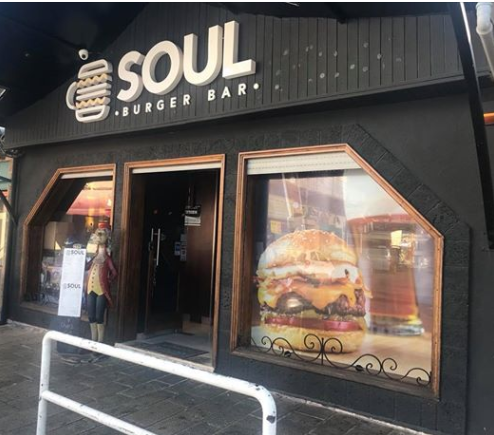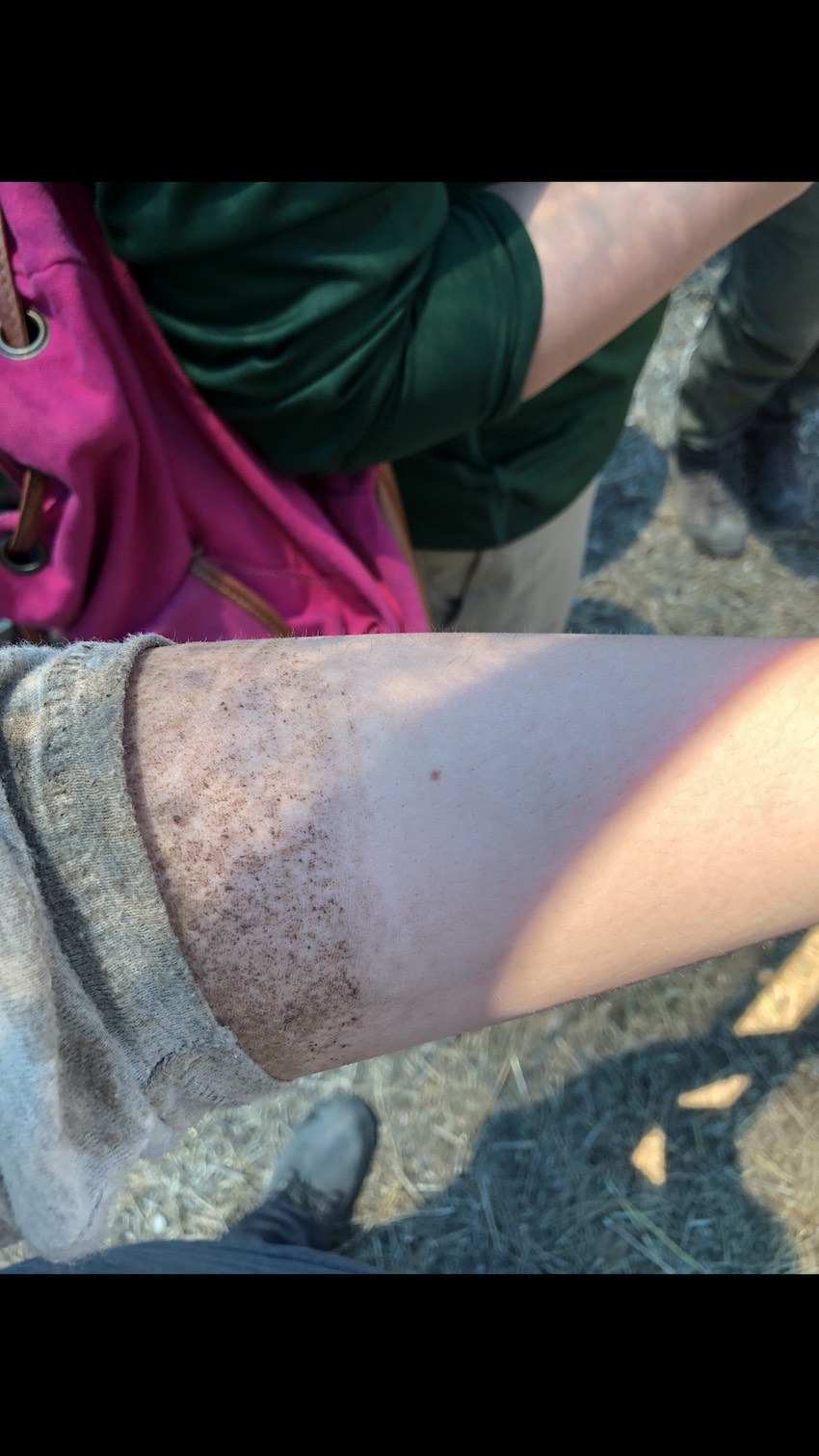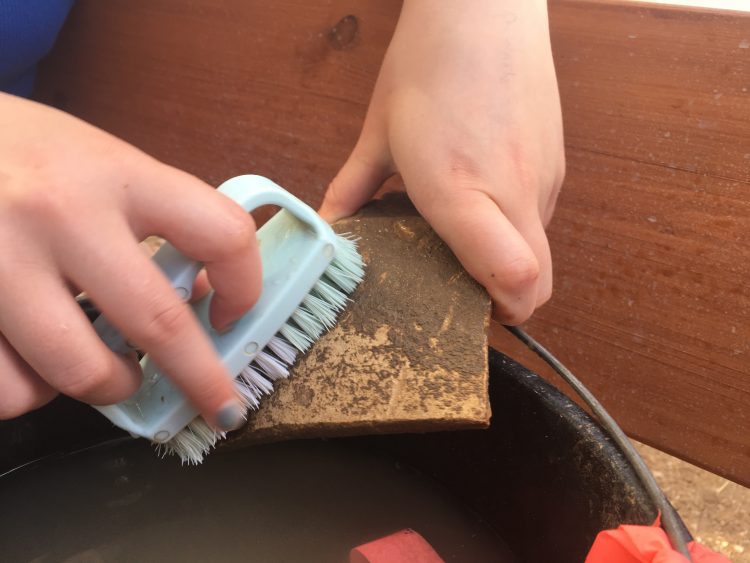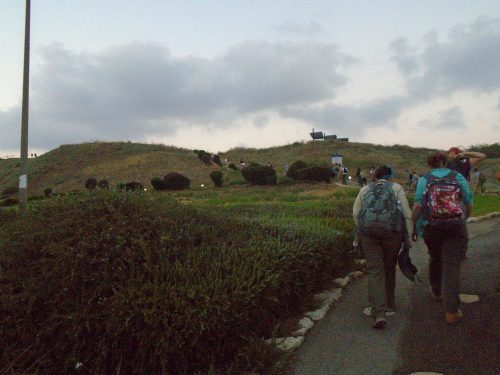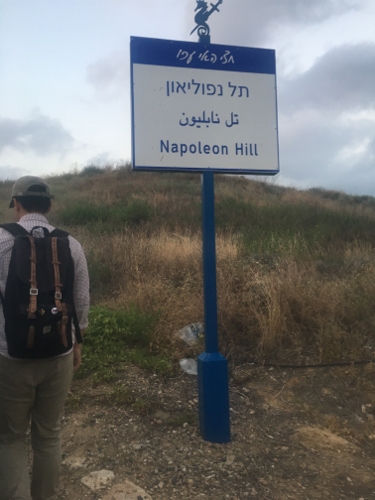Joining the Cult in Akko
By Jonathon Jack.
I joined the cult in the first week of the Tel Akko Project. For those who don’t know, the Cult is the Survey team.
Most people who join Survey never want to leave. When you first join Survey, you learn about the tools you use, from the pickaxes to the total station. There are a few jobs in survey that remind you of a cult. First are the supervisors A, B and C who are the priests of the cult. When you arrive, they teach you how to fix your problems. Most cults have you meditate or pray to a god to solve your problems. But this cult worships the total station, where new members learn to give prayers of “30 cm west and 1 m north” etc. Then you have the audience of the prayers – one to two people who are listening to this prayer on the Tel and are in eyesight, but listening to it over radio communications. One is holding a prism rode and starts to pray while his partner waits and supports him.
Be the Bubble!
These spots will rotate out through the day. The rest of the group work on solving their problems by digging holes with pickaxes and a Terea. As long has you have a 40 cm by 40 cm by 40 cm hole you can take out all your problems on the hole you are digging. There are rules to digging your hole. They have to be a nice square, but when you start you make a large pit that goes over 40 cm deep. the only other rule is that you must split up the pottery that you find in the first 20 cm and the second 20 cm.
Also, our cult gets more breaks than any other group on the Tel. We have this privilege for we are standing in the Israeli sun all day. We find all kinds of awesome things in survey – modern things like hookahs to empty vodka bottles, but depending on where the hole is, you can find yourself in a different time zone with different types of pottery and other cool things. Some time periods are the early, middle and late Persian times, roman times, crusader times, Byzantine times, Iron age, bronze age, and so on. You could get the right hole, with an awesome find from one of these time periods or you could get stuck digging in back fill from a 1976 excavation, and all you can think of is, ‘dammit Dothan’ . Overall, the cult is a cool place to spend your time digging holes and destroying and going through layers of dirt, rocks and pottery, with the occasional poisonous onion that grows on the tel. Then you have priest C who wanders around and does no work with the occasional lecture on a questionable find or a cool find. Overall Survey is a fun place to work where you can let loose with a pickaxe withoutt having to sweep all day and find nothing.
moving from hole to hole
one of many Survey areas

